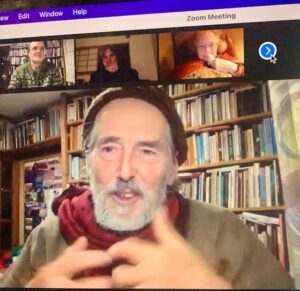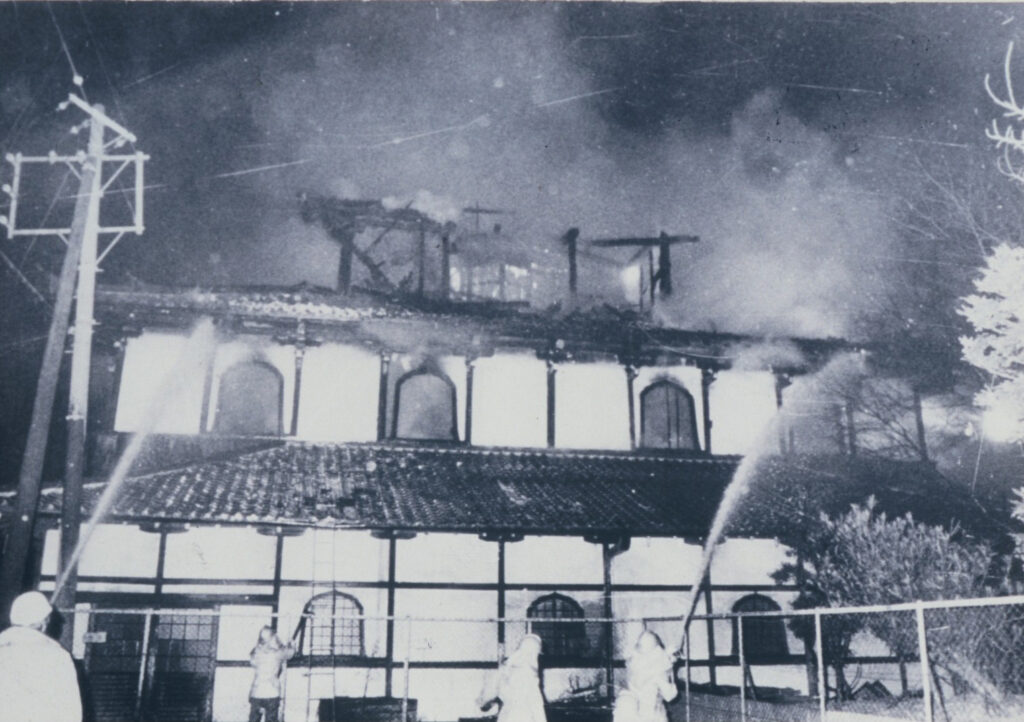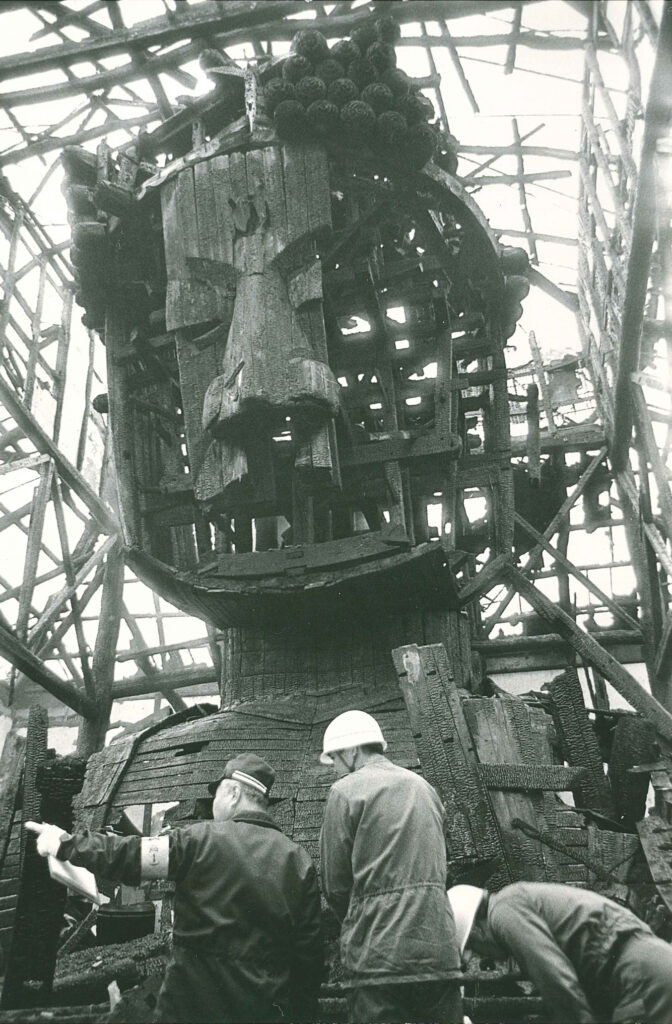
A few weeks ago a title for a collection of short writings unexpectedly suggested itself: “Grace Notes.” Then I realized that what it implied didn’t quite fit anything I actually had on hand, so I’ve been scribbling in a notebook, exploring where this might lead. Here are some examples, as shared via Zoom for the WIK bonenkai, Dec. 19th.
*******************
WILLOW TWIG
In my early teen years, for no special reason,
I stuck a willow twig in damp ground.
Many decades later, my sister sends
a photo. A spreading tree
shades the entire back lawn.
I look around my Japanese house.
Every piece of wood I see here
—tokonoma pillar, shoji door frames,
unpainted stair risers, desk, kitchen table, chair-legs
—could all suddenly sprout leaves
and put down roots.
Like I did
here in Kyoto.
******************
GENERATIONS
Sakahara:
a long valley with no houses;
ancient fields
Scattering barley grains
into shallow furrows
I sense spirit presences;
look up, look around.
No one’s there
Only myself — just one
of a crowd of generations
bending their backs to cultivate
this same soil, with seeds saved
from last year’s harvest
******************
OHARA
Autumnal forest ridgelines illuminated
by sunshafts through form-shifting clouds,
etherial golden glow,
flanked by deep shadow
Blue smoke rising from fields below
our soy-field browning, beans secretly yellowing
I flip open my little camera-case,
take photo after photo
But why this ceaseless urge
to record pure transience?
To frame selected fast-vanishing views
of this vast continuum? To write images
into memory?
One lifetime, a blink of the eye.
Ichi-go, ichi-e.
Late into November
crickets silent now
butterflies still zig-zagging
— at home everywhere
Late into November
crickets silent now
butterflies still zig-zagging
— transients pursuing transience
just like me
******************
AT HOKOJI
Hokoji temple in Kyoto was the site of Toyotomi Hideyoshi’s Great Buddha (the Daibutsu), a seated statue and building larger than Nara’s. It was completed in 1612, then was destroyed and rebuilt multiple times, until its final version (a crudely-carved yet immense head) burned in 1973. [Also mentioned in my essay, ‘Sanjusangendo, Revisited,’ in Structures in Kyoto, WiK Anthology 4.)
A signboard floorplan shows
the location of the lotus-throne,
now an unkempt grassy mound crested
by the sawn stump of a massive tree
Bush clover attracts tiny butterflies;
a purposeful helicopter passes overhead
and is gone
Slow drumbeats, then a chanting voice
from neighboring Toyokuni shrine.
Birdsong too;
traffic from Higashioji barely audible.
A tiny breeze clatters leaves.
In the absence of the Daibutsu,
in the midst of the city; such stillness.
Form is emptiness; emptiness is form.
Absence, presence; presence, absence.
The Buddha wasn’t ever here;
and was never not here.
After nearly 40 years in Kyoto
I’m finally beginning to get the message.
**********************
For other pieces by Ken, see this travel article, or this D-Day memoir, or this celebration of Kyoto Journal’s 30th anniversary and its 100th issue, these Open Mike pieces and his latest work here.
Photos below of the 1973 Big Buddha fire sourced from a Kyoto city site, which carries more information in Japanese.


